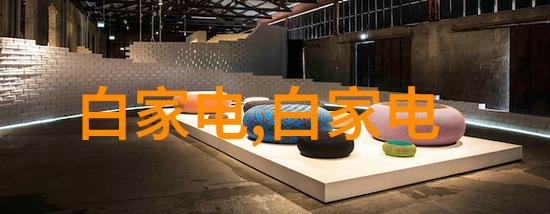
公共交通系统优化提升城市出行效率的策略
引言

在现代化快速发展的背景下,城市交通问题日益突出。市政部门作为推动城市运转和居民生活质量提升的关键力量,其对公共交通系统进行有效管理与优化,对保障居民出行安全、便捷具有重要意义。本文旨在探讨如何通过优化公共交通系统来提升城市出行效率。
1. 传统挑战与现状分析

传统的公共交通系统面临着多方面的问题,如车辆老旧、路线不合理、调度不科学等,这些都导致了乘客满意度低下和服务效率低落。在此基础上,随着人口增长和城乡结合部不断扩大,城市道路拥堵加剧,不仅影响了公众的情绪,也严重阻碍了经济社会发展。
2. 市政作用与责任

市政部门是负责规划、建设和管理公共设施的机构。其在提高城市基础设施水平中扮演着不可或缺的角色。而对于公共交通来说,更是需要市政部门全面的规划和精细操作,以确保服务质量,同时也要考虑到环境保护这一国家政策要求。因此,市政部门必须积极响应这种挑战,并采取实际措施来改善现有的状况。
3. 公共交通系统优化策略

首先,要从宏观层面进行整体规划,将不同类型的路网(如地铁、高架、普通道路)相互衔接,从而形成高效畅通的大型网络。此外,还需加强信息技术应用,比如智能公交实时监控及预警系统,以实现更加精准的地图导航,并减少人为错误造成的人身安全风险。
其次,在微观层面,可以通过调整单一路线时间表,使得每个班次更紧凑,便于乘客选择,以及提高运行频率以适应高峰期需求。此外,对于特定区域内可能存在的一些特殊需求,也应当有针对性的解决方案,比如增加夜间班次或增设无障碍座位等。

最后,要注重节能环保,同时也是为了应对气候变化带来的挑战。在新建或者升级现有车辆时,一定要考虑使用清洁能源替代传统燃油,如电力驱动或氢燃料驱动等方式,有助于降低污染物排放并减少能源消耗。
4. 实施案例分析
某些成功案例可以为我们提供借鉴。例如,在日本东京,由于政府对铁路网络进行了大量投资以及实施有效调度策略,使得东京地区成为全球最繁忙但同时拥有最完善地下通道网络的地方之一。这同样体现在中国一些高速铁路项目上,它们不仅缩短了旅行时间,而且还极大地促进了沿线地区经济发展,为当地就业创造机会,加速区域协调发展过程中的合作交流往来速度。
另一方面,还有一些地方通过采用“非机动车优先”原则,即鼓励步行骑自行车,而不是依赖私家车,这样的做法既能够缓解道路拥堵,又能促进绿色出行模式,让人们享受户外活动带来的健康福利,从而进一步增强居民生活品质,为整个社会创造更多正向价值链条效果。
总结
city transportation system optimization is an important task for city administration and urban planning, aiming to improve the efficiency of urban traffic flow while enhancing the quality of life for citizens. By implementing a combination of macroscopic and microscopic strategies, including infrastructure upgrades, smart technologies integration, energy conservation measures and special solutions tailored to specific needs or regions, we can expect a more sustainable future where cities are better connected with their residents' needs.
The role that city governments play in optimizing public transportation systems cannot be overstated; it requires not only technical expertise but also a deep understanding of social dynamics and environmental concerns. As cities continue to grow in population density and economic activity, there will be greater need for innovative approaches to managing traffic congestion without sacrificing the well-being of citizens or compromising on safety standards.
By working together towards these goals – through coordinated efforts between government agencies, private enterprise partners, community organizations – we can create thriving metropolises that offer efficient mobility options while fostering vibrant neighborhoods filled with people from diverse backgrounds who share a sense of belonging within our shared global village.
In conclusion, optimizing public transportation systems is vital as it directly impacts upon urban living conditions by promoting reduced travel times during peak hours thereby increasing productivity levels at work places which indirectly leads to higher disposable income per household member thus improving overall standard-of-living index score across various regions worldwide!



